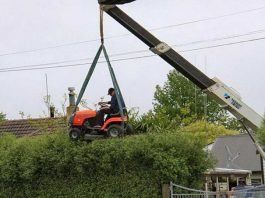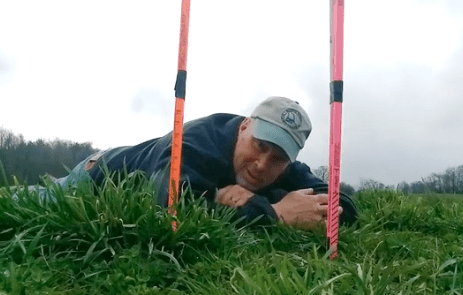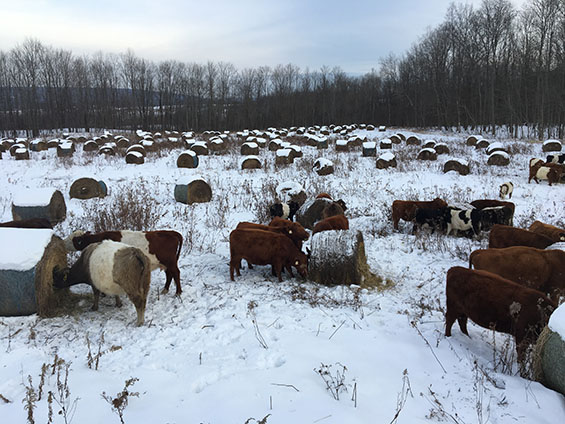Remember our article on pH and why you should care? Well this is a follow on article that gives you an atomic look at how your soil’s chemistry affects fertility.
Cation Exchange Capacity: CEC is used as a measure of fertility, nutrient retention capacity, and the capacity to protect groundwater from cation contamination.
Ions are atoms with charges, negative charges from gaining electrons, and positive charges from losing electrons. Cations (pronounced “cat-eye-onz”) are ions with positive charges. Anions (“ann-eye-onz”) are ions with negative charges. Cations are attracted to anions.

Soil has measureable capacity to hold onto cations, and each soil is different. The ability to hang onto cations is called the cation exchange capacity, and it is similar to the seating capacity at a restaurant, say, Dirt Diner. The cations won’t stick around forever; they will come in, sit down for a while, move around, and may move on. The more chairs at the restaurant, the more cations can be “seated”. That increases the cation exchange capacity of the soil, the CEC, and the nutrients available to plants.
The saturation percentage in your soil report tells you the proportions of different cations eating at Dirt Diner, or what percentage of your diners (cations) are calcium, how many are magnesium, potassium, and so on. The tricky thing here is that aluminum and hydrogen are also cations, but they are acidic. Knowing the proportion of non-acid to acid cations can help you understand the sources of acidity in your soil.
When soil pH goes up, so does CEC. The hydrogen ions (the “H” of pH) are cations too, and are taking the seats that non-acid cations would otherwise hold. If you have acidic soil and you can get your soil to a near neutral pH, you are also helping to improve your CEC.
We want a higher CEC so our soils hang on to those positive charges, and increasing organic matter is one way we can try to do that. Organic matter has a lot of negative charge, so it can attract a lot of positive charge. It adds lots of seating at Dirt Diner.
Clay soils, especially shrink-swell clays, carry a lot of negative charge, contributing to the CEC. You may fight those soils when they are very wet and very dry, but at least they are holding nutrients.
You may not absolutely need to know CEC cold in order to be a good grazier, but at least now you have a better look at what’s going on at an atomic level to make your grass grow.






Rachel,
I want to publish this story on CEC in Bison World, a quarterly magazine that goes out to about 1,000 people, mostly members of the National Bison Association. I assume that is OK, but wanted to confirm with you.
Marilyn Bay Wentz
Editor, Bison World
Hi Marilyn,
We’d be glad to have you publish this in Bison World. Please feel free to do so. We ask only that you credit On Pasture and the author when you reprint a piece. We’re happy to hear about the re-publish, and thank you very much for asking/confirming.
Regards,
Rachel and Kathy
Rachel, I would love to see you publish an article on how agriculture will be impacted by dried Fukushima radiation blowing on to US west coast crops / produce as it comes in from the sea. We already know that the seafood chain is going to be decimated, but soil absorption and groundwater will be of growing concern as tests show increased radiation levels in our west coast food system and soils. An article on how farmers can counter the threat using hemp and other absorbers (or whatever your research shows can deflect radiation poisoning) will be of major importance moving forward. Thank you!
Comments are closed.